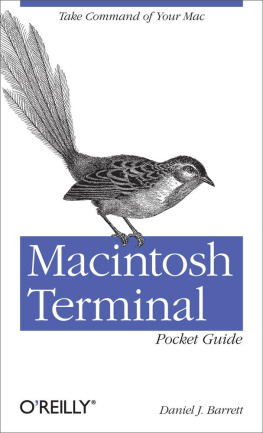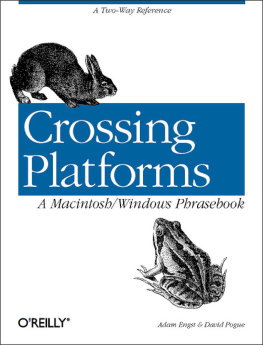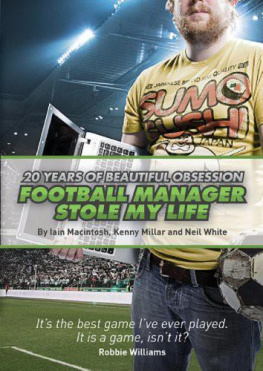EARLIEST TORONTO
ROBERT M. MACINTOSH
BURNSTOWN PUBLISHING HOUSE
5 Leckie Lane, Burnstown, Ontario K0J 1G0
Telephone 1.613.432.0379
http://www.burnstownpublishing.com
ISBN 978-1-77257-016-8
Copyright Robert Macintosh 2015
Printed and bound in Canada
No part of this book may be reproduced, stored in a retrieval system, or transmitted in any form or by any means without the prior written permission of the publisher or, in case of photocopying or other reprographic copying, a licence from Access Copyright (Canadian Copyright Licensing Agency), One Yonge Street, Suite 800, Toronto, Ontario, M5E 1E5.
Library and Archives Canada Cataloguing in Publication
Macintosh, Robert, 1923-
Earliest Toronto / Robert M. Macintosh.
Includes bibliographical references.
1. Toronto (Ont.)History. I. Title.
FC3097.4.M33 2006 971.3541 C2006-903860-0
COVER:
The Coat of Arms on the cover is that of the former City of Toronto, prior to amalgamation.
The Coat of Arms was registered with the College or Arms, London, England on December 20, 1961 and is a registered trademark, used with permission.
For my many grandchildren
CONTENTS
ACKNOWLEDGEMENTS
Without the help and encouragement of John Stevens, my editor, this book would not have emerged. I want to thank him and the publisher, Tim Gordon, for their advice and judgment. A shorter version of on Berczy appeared in the December-January issue of 2002 of The Beaver magazine.
My wife had to endure long periods of writers drought with patience. Kevin Doyle gave me timely encouragement. And then there are the many authors who have written wonderful books about Toronto, going back almost two centuries. I have enjoyed learning from them and trying to bring a new perspective to a slice of our early history.
INTRODUCTION
Just about half the population of Greater Toronto was born outside Canada, and many others migrated here from within Canada. Something like one and a half million people have no cultural memory of the city, no family traditions passed down for generations. Their family traditions and cultural memory are of other places.
Cultural memory is the distillation of experiences lived and passed on to a younger generation, and so preserved unconsciously in daily living.
For one-half of our population, there is no way of connecting the daily news to what happened a decade ago or a generation ago. Contemporary knowledge of political and public life, of the arts and architecture, of everything going on in the city, begins on the day when a family walks out of the Pearson terminal to a new world and a new life.
Very few great cities in the world boast such diversity as Toronto, which has succeeded better than most in building a social democracy from a platform which was mostly homogeneous in race and colour only fifty years ago. But in such a deeply multicultural society, the collective memory of what came before is in danger of being lost.
This short history of Torontos beginnings is meant for the hundreds of thousands of young immigrants from all over the worldand from elsewhere in Canada toowho may wonder what came before them here in their new homeland.
Earliest Toronto tells our citys story until the War of 1812. There are scores of books about Toronto, some of which cover this early period, but most of which deal with more recent history. Focusing on this slice of history is intended to generate interest in our earliest years and to challenge conventional wisdom about the real founder of Toronto. It owes its existence to the fact that the author has been collecting books about Toronto for many years, and decided to distill some of them into this new perspective.
He has also examined the old sites, to put the earliest history into the context of todays metropolis. Sadly, nearly all of the early buildings have been demolished. But sites dont disappear and just recently the site of the first Parliament buildings has been revealed and acquired by the Province. This is certainly a harbinger of renewed interest in our earliest beginnings.
ILLUSTRATIONS
ACKNOWLEDGEMENTS AND CITATIONS
All 24 illustrations in this book have been reproduced from secondary sources. The Toronto Reference Library made digital images suitable for use by the publisher, either from books or from the extensive photo collections in the Baldwin Room. The author is grateful for the assistance of Alan Walker and Susan Schilbach at the TRL. Helpful advice was provided by Jean Dryden, former colleague at the Friends of the Archives of Ontario. Responsibility for the data rests with the author. Any errors or omissions are unintended and regretted, and will be corrected in any subsequent printing.
Abbreviations used are AGO for Art Gallery of Ontario; TRL for the Toronto Reference Library of the Public Library of Toronto; JRR for the John Ross Robertson Collection in TRL; LAC for the Library and Archives Canada (formerly PAC); MNR for the Ministry of Natural Resources, Ontario; NGC for the National Gallery of Canada; OA for the Archives of Ontario; YUA for the York University Archives. Books cited are cross-referenced in the Bibliography.
Plate 1.
Playters Bride over the Don
Robertson: Diary, page 336. TRL.JRR 3285, T12838; Playters Bridge near York, June 6 [ca. 1796], AO: F 47; p.204, TRL T11502; Castle Frank [1796]; OA F 47.
Plate 2.
Huron Long House
Heidenreich: Huronia, part of Fig.4. MNR.
Plate 3.
Dispersions of the Hurons
Cole: Atlas, Plate 35. Heidenreich. UTP.
THE GREAT DISPERSIONS, 1648-1653
Co-ordinated planning and the effective use of muskets enabled the Iroquois confederacy to disperse the Huron tribes in 1647-9, the Petun in 1649-50, the Nipissing in 1649-51, and the Neutral in 1651-2. Fearing a similar fate, most of the eastern Great Lakes native groups, together with some Huron, Petun, and Nipissing refugees, fled west and north. Other refugees, mainly Christian converts, settled near Quebec (Huron) and Trois-Rivires (Algonquin and. Nipissing). The bulk of the surviving Huron, Petun, and Neutral joined the Iroquois and were gradually absorbed.












